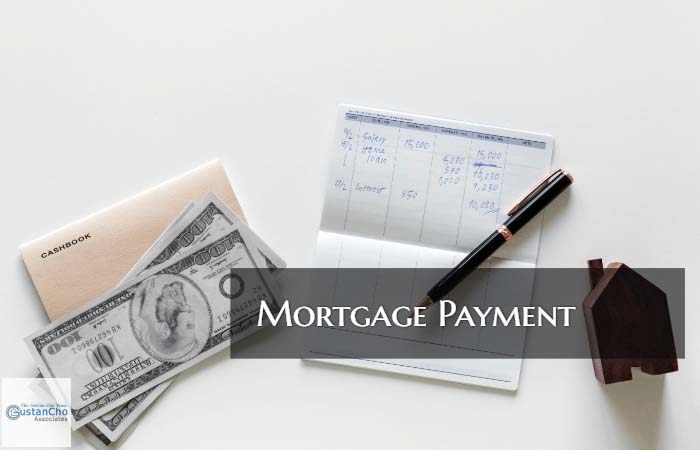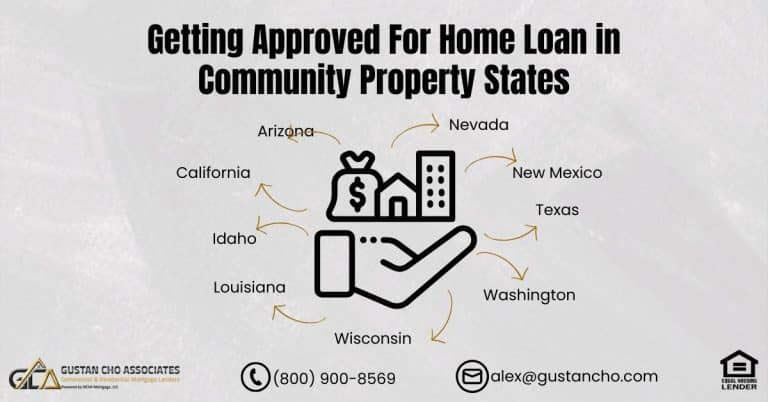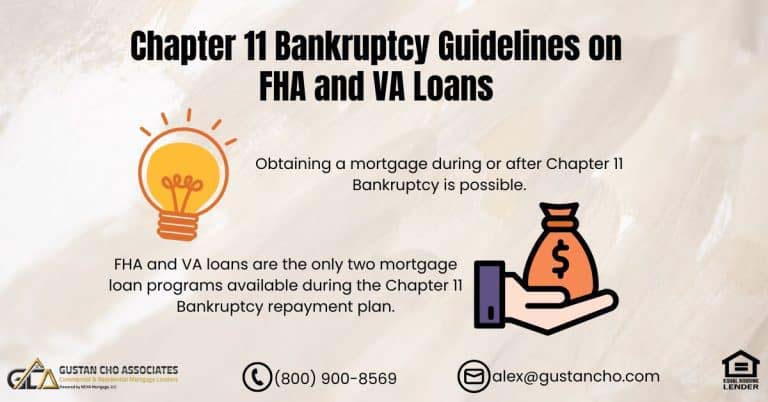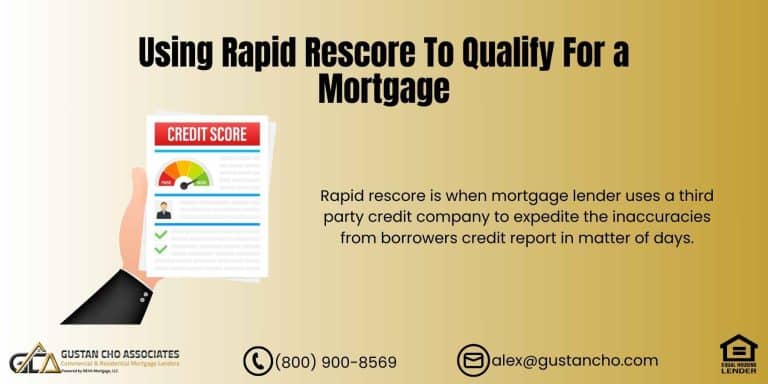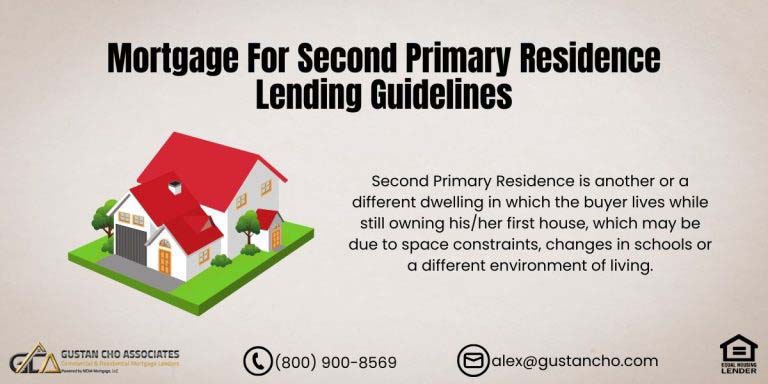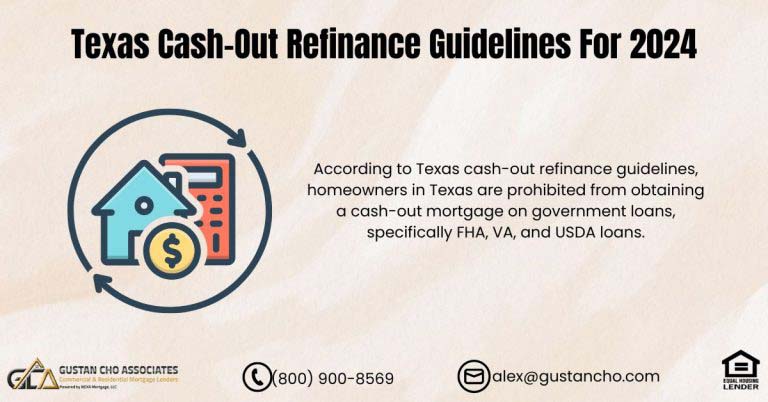Understanding what your mortgage payment consists of is very important for homeowners. Most people do not pay in cash for their first home and get a mortgage loan. So it’s important to understand mortgage payment before buying a home. This article tells you what goes into a mortgage payment, how your mortgage payment reduces your loan balance, and how you pay off your home loan. In the following paragraphs, we will cover understanding what your mortgage payment consists of and understanding each component of your mortgage payment.
What Is a Mortgage Payment?
When you borrow to buy a home, your lender advances you a sum of money to pay the seller. You then repay your lender in monthly installments. Your lender calculates a payment amount that will pay off your loan completely at the end of your loan term.
Each monthly payment is divided into two parts — the interest on your loan for the previous month and a reduction of your loan balance.
The loan balance is also called the loan “principal” and your mortgage payment consists of principal and interest, aka P and I. A homebuyer or homeowner obtaining a mortgage loan will have a mortgage payment due once a month. The mortgage payment consists of the principal and interest. The housing payment required by the lender may include principal, interest, taxes, and insurance or PITI.
Understand the Components of Your Mortgage Payment
Learn what makes up your mortgage payment, including principal, interest, taxes, and insurance.
What Makes Up The Mortgage Payment
Principal payment is paying down the original loan amount. Over time, as you make your monthly mortgage payments, the principal balance of your loan decreases and eventually the loan balance will get paid off. Interest payment is the cost of borrowing money for your mortgage loan. It is an interest expense and it does not go towards paying down your principal loan balance. The interest portion of your mortgage payment is the cost of borrowing money and is the portion of the payment of the interest expense. The interest rate is typically expressed as APR.
You interest rate of your mortgage loan is based on various factors, including your credit score , loan level pricing adjustments, risk factors, loan-to-value, debt-to-income ratio, type of property, and the prevailing market rates.
Your mortgage payment may include other costs and agreements. These additional costs are often collected by the lender and held in an escrow account, from which they are paid when due. Mortgage payments are usually made every month, but they can also be made biweekly or annually, depending on the terms of your loan. The loan amount, interest rate, loan term (e.g., 15 years, 30 years), and any additional costs included in your mortgage agreement. You can use a mortgage calculator to estimate your monthly mortgage payment based on these factors.
Understanding the Components of the Mortgage Payment for Borrowers
When buying a home or refinancing, knowing exactly what goes into your monthly mortgage payment can save you stress, time, and money. Many first-time buyers are surprised to learn that their mortgage payment comprises more than the borrowed amount. That’s why understanding the components of mortgage payments for borrowers is so important. At Gustan Cho Associates, we’re here to simplify the process by breaking it down in simple, everyday terms.
Your monthly mortgage payment is what you pay to your lender each month to repay your home loan. But it’s not just a single fee. It comprises several pieces that cover different costs of owning a home.
These include the loan amount, the interest your lender charges, property taxes, and homeowners insurance. Depending on your loan type, additional charges like mortgage insurance or HOA fees may also exist. The easiest way to remember what goes into a mortgage payment is the term “PITI.” This stands for Principal, Interest, Taxes, and Insurance. Each plays a role in your total payment, and knowing what each means helps you better manage your monthly budget.
Principal Portion of Mortgage Payment
The first part of your payment is the principal. This is the amount you borrowed to buy the home. For example, if you bought a home for $300,000 and put down $60,000, your loan amount—or principal—would be $240,000. When you make your monthly mortgage payment, part of it goes toward reducing the principal. In the early years of your loan, this portion is smaller, but over time it grows larger as you pay down the balance.
Interest Portion of Mortgage Payment
Next comes the interest. This is what the lender charges you for lending you the money. Your interest rate will depend on many factors, including your credit score, loan type, and the economy. If you have a fixed-rate mortgage, your interest rate stays the same for the life of the loan. If you have an adjustable-rate mortgage, the interest rate can change after a set period. Early in the loan term, most of your monthly payment goes toward interest rather than the principal.
Property Tax Portion of Mortgage Payment
Another key component is property taxes. These are local taxes based on your home’s assessed value and help fund schools, emergency services, roads, and other community programs. Instead of paying these taxes once or twice a year, your lender usually collects a monthly portion and holds the money in an escrow account. When the tax bill is due, the lender pays it on your behalf. This helps ensure you stay current on your property taxes and don’t have to come up with a large lump sum all at once.
Homeowners Portion of Mortgage Payment
Homeowners insurance is another monthly cost built into your mortgage payment. This insurance protects your home against fire, theft, or storms. Most lenders require it to protect their investment. Like property taxes, the insurance premium is collected monthly and held in your escrow account.
When the premium is due, the lender pays your insurance provider for you. This ensures your coverage stays active and you’re protected if something goes wrong.
There’s an extra cost called mortgage insurance for many borrowers, especially those with FHA loans or conventional loans with less than 20% down. This can be a monthly premium (like PMI for conventional loans) or a Mortgage Insurance Premium (MIP) for FHA loans. Mortgage insurance protects the lender in case you default on your loan. It adds to your monthly payment, so factoring this in when budgeting is important.
Want to Know What’s Inside Your Mortgage Payment?
Understand how your monthly mortgage payment is calculated and what each component means for you.
Community Property States
Suppose your home is part of a community with a homeowners association (HOA). In that case, you may also have to pay monthly HOA dues. These cover services like landscaping, snow removal, security, or amenities like a pool or gym. Some lenders may include these dues in your mortgage payment, while others require you to pay them separately.
Escrow Portion of Mortgage Payment
Sometimes, you might also need to pay flood insurance, especially if your home is in a high-risk flood zone. Depending on your lender’s requirements and loan program, this can be added to your monthly payment. Dale Elenteny, a senior mortgage loan originator at Gustan Cho Associates says the following about the Escrow Portion of your mortgage payment:
All of these costs—principal, interest, taxes, insurance, and any extras like mortgage insurance or HOA dues—can be grouped by your lender into one monthly payment. Most borrowers prefer this method because it keeps things simple and predictable. You make one monthly payment, and your lender takes care of the rest.
A common question at Gustan Cho Associates is whether your mortgage payment can change over time. The principal and interest portion stay the same if you have a fixed-rate loan. However, your property taxes and insurance costs can change yearly. If those costs increase, your lender may increase your monthly mortgage payment to ensure enough escrow money to cover those bills. Your lender will review your escrow account once a year through something called an escrow analysis. If they find that you’ve been paying too much, you might get a refund. If you’ve been paying too little, your monthly payment may go up to cover the shortfall.
How to Lower You Mortgage Payment
Understanding the components of mortgage payments for borrowers can also help you find ways to lower your payments. For example, you could refinance to a lower interest rate, appeal your property tax assessment if your home value has dropped, or shop for cheaper homeowners insurance.
You can also remove mortgage insurance if you reach 20% equity in your home. The type of loan you choose plays a big role in what’s included in your mortgage payment.
FHA loans include both upfront and monthly mortgage insurance premiums. VA loans, which are for eligible veterans and military members, don’t require monthly mortgage insurance. Still, they do have a one-time funding fee. USDA loans include an annual guarantee fee. Conventional loans may require PMI if you put down less than 20%, but you can cancel it once you reach 20% equity. If you’re wondering how to better handle your mortgage payments, talk to a trusted lender like Gustan Cho Associates. We help borrowers understand their payment breakdown and work with them to get the most affordable loan possible. We don’t believe in lender overlays; we’re known for approving loans while others deny.
Rewards of Understanding Your Mortgage Payment
When you understand what’s in your mortgage payment, you’re better equipped to manage your money, plan for the future, and spot opportunities to save. It’s not just about paying your loan—it’s about being a smart homeowner. Contact our team if you’re ready to apply for a mortgage, refinance, or just have questions. We’re licensed in 48 states and work with borrowers of all credit profiles, including those with credit scores as low as 500. Call us today at 800-900-8569 or visit GustanCho.com to get started. At Gustan Cho Associates, we offer solutions and not just loans.
What Is Amortization?
Amortization is the process of paying off your loan balance. The terms “amortization” and “mortgage” come from an old English word meaning “to kill” and your goal for your mortgage is to kill it off and owe nothing on your house! John Strange, a senior mortgage loan originator at Gustan Cho Associates says the following about the components of your mortgage payment: Here’s how it works:
Suppose that you have a $300,000 mortgage at a 4% interest rate. Your monthly payment is $1,432.25. At the end of Month 1, the interest charged by the lender equals $1,000, and the rest of your payment — $432.25 — is subtracted from your principal balance. In Month 2, then, your principal balance is $299,567.75.
Because your balance is a tiny bit lower, your monthly interest is also lower. It’s $998.56 this time. That means more money goes toward reducing your principal balance — $433.69. Over time, less of each payment goes for interest, and more goes toward reducing your principal balance. This is important to know, especially if you want to pay off your loan sooner and reduce your interest cost over the life of your loan.
How Do Lenders Determine Your Mortgage Payment?
Your mortgage payment depends on three things:
- Loan amount
- Loan term (years)
- Interest rate
You can see how these factors interact with an online mortgage calculator. Your payment increases if the loan amount or interest rate goes up. Your payment decreases when you choose a longer-term like 30 years and decreases when you choose a shorter repayment term like 15 years.
It’s important to understand this because it affects the affordability of your home loan. For instance, you might be able to afford a maximum of $1,000 P and I payment per month.
You could borrow about $209,000 at 4% over 30 years. But if you find a 3.5% loan, you could borrow almost $223,000. If you choose a 15-year term at 4%, your maximum loan amount drops to about $135,000. But 15-year loan interest rates are lower — if you borrow at a 2% interest rate, you can finance just over $155,000.
Other Parts of a Mortgage Payment
The P and I are probably just part of your mortgage payment because most lenders require borrowers to also pay their homeowner’s insurance and property taxes with their monthly P and I. That’s because they want to make sure that you pay these costs on time. When the lender adds these amounts to your payment, they call it an “escrow” or “impound.” Lenders divide the annual amount of your taxes and insurance, divide it by 12 months, and add that amount to your P and I payment. The entire amount is called PITI for principal, interest, taxes, and insurance.
But Wait, There’s More
Your mortgage payment might include even more than PITI. Borrowers who put less than 20% down on their homes usually also pay for mortgage insurance. Mortgage insurance policies pay the lender if you default (don’t pay your mortgage). And if you buy a home in a designated flood zone, you’ll also have to purchase flood insurance.
Mortgage Payment Breakdown: Understand Your Financial Commitment
From principal to insurance, get a clear picture of your mortgage payment structure.


